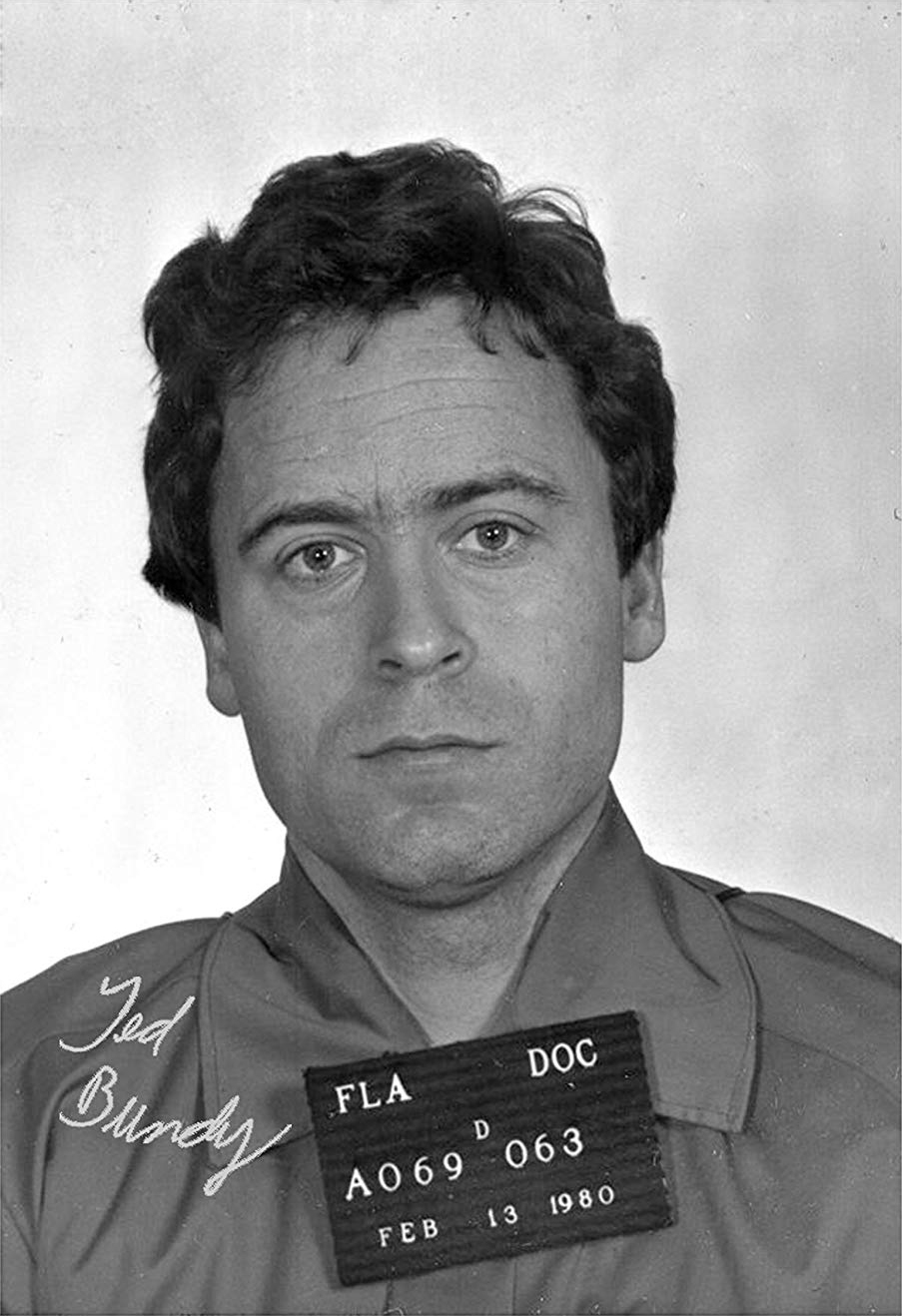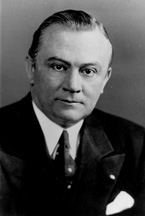You can see from our screen grabs that in our prelim task we used very basic shots and they were given to us. The story board was very simple and had no interesting shots they were all simple. We did however use a point of view shot. This was our most interesting shot.
With editing we did not know how to use final cut pro or any other effects including after effects, sound effects and transitions, like fade etc. this helped us however gain a basic understanding of how to cut shots into the appropriate places.
In our final task we used a lot more effects, including coloring, transition effects, and sound effects from soundtrack pro. We used shots of a much more complex way like a tracking shot and extreme close ups. This is very different to our prelim task. We spent a lot more time on the editing process and after effects.
With the editing and after effects we used none of this on our prelim task. We were very new to final cut pro so we didn’t use any of the complex assets. in our final task however we used all of the ones we thought were necessary, for example the text tool to explain to the viewers all the necessary points to our film. We used soundtrack pro over the title sequence or a radio.
Judging both of my prelim and final tasks I have seen a big improvement with my final task, this was all down to the time that the group and myself spent on it, adding sounds, coloring and a more sophisticated cut, using more interesting camera angles and a story line.
I really enjoyed doing the final task a lot more than my prelim because the whole process was our own; we could choose our own set, story line and cast etc. we had a much more professional set, using a brick wall room and an electric chair. For our prelim task we only had a room and a table. This made the whole final task process more exiting than the prelim task for me and the rest off the group.
 |
| Picture of the set of the main task which has a especially made set |
 | ||||
Screen shot of the basic set and camera shots in the prelim task
|
 |
| We used tracks in our main task. So that we could make more interesting shots. |




















